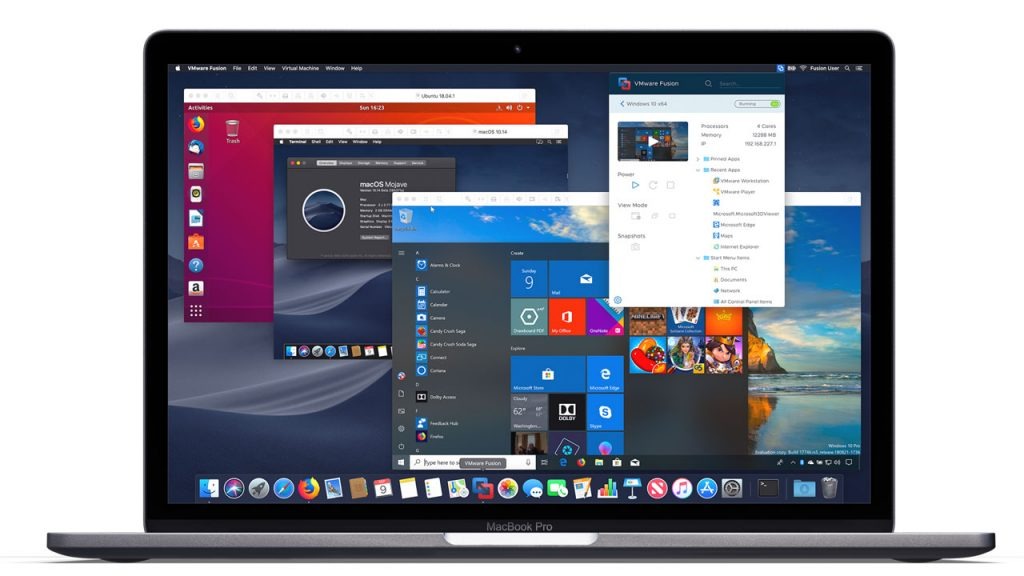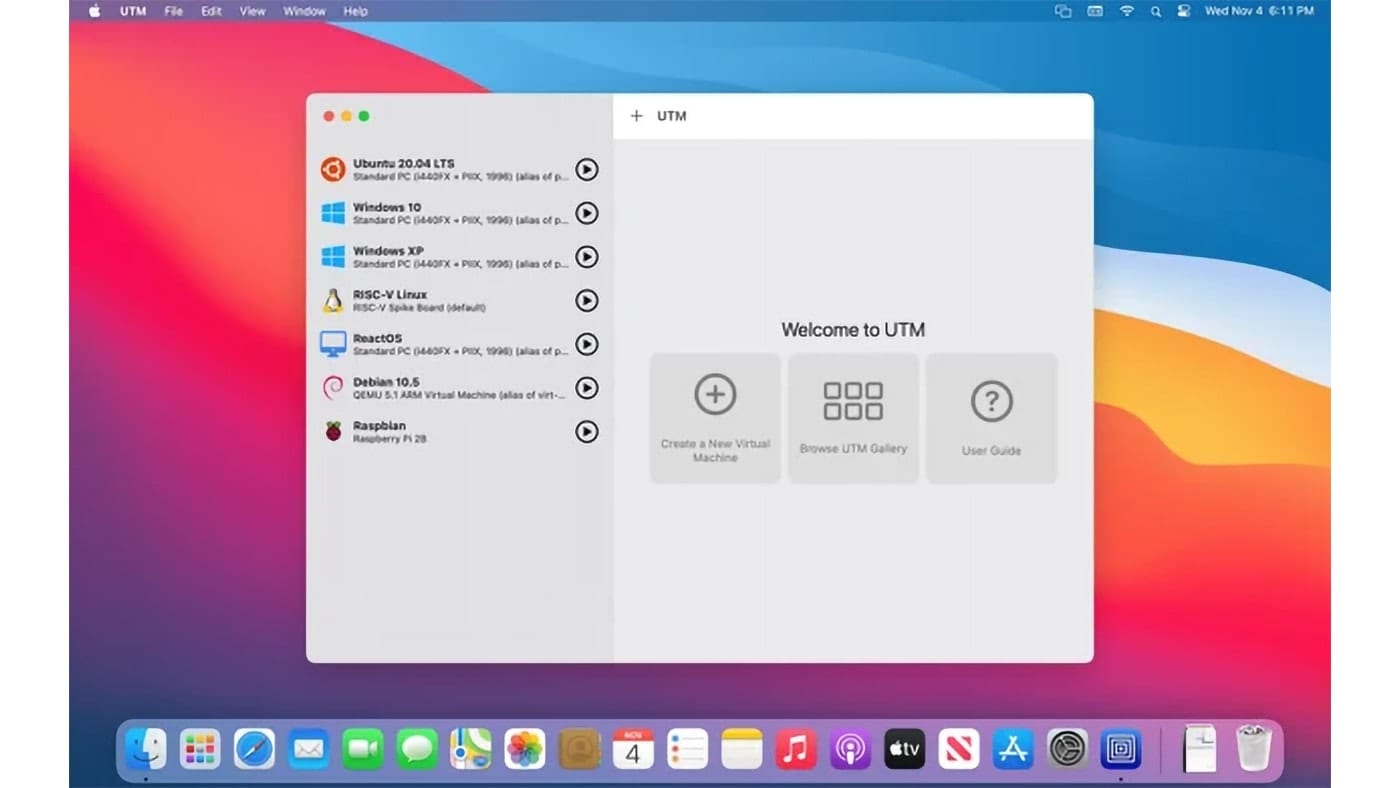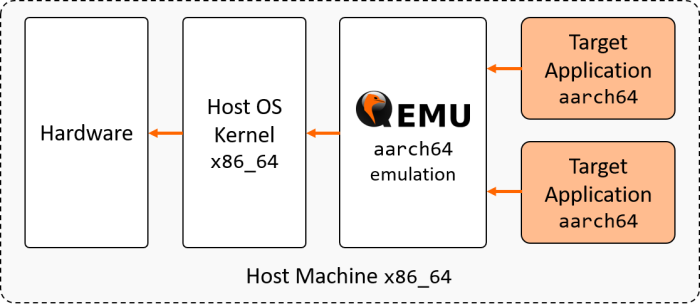

- #ARM EMULATOR VM HOW TO#
- #ARM EMULATOR VM INSTALL#
- #ARM EMULATOR VM PASSWORD#
- #ARM EMULATOR VM FREE#
#ARM EMULATOR VM INSTALL#
After the deployment is finished, select Go to resource group to see the VM and other resources.Parallels is releasing an update to its Desktop virtual machine software that allows M1 Mac owners to install Windows 10 on Arm. You can use the Azure portal to check on the VM and other resource that were created.
To learn other deployment methods, see Deploy templates.

In addition to the Azure portal, you can also use the Azure CLI, Azure PowerShell, and REST API. The Azure portal is used to deploy the template. After validation completes, select Create to create and deploy the VM.
#ARM EMULATOR VM PASSWORD#

"type": "Microsoft.Compute/virtualMachines", "type": "Microsoft.Network/publicIPAddresses", "privateLinkServiceNetworkPolicies": "Enabled" "privateEndpointNetworkPolicies": "Enabled", ', parameters('virtualNetworkName'), parameters('subnetName'))]", The template used in this quickstart is from Azure Quickstart Templates.
#ARM EMULATOR VM FREE#
If you don't have an Azure subscription, create a free account before you begin. The template will open in the Azure portal. If your environment meets the prerequisites and you're familiar with using ARM templates, select the Deploy to Azure button. In declarative syntax, you describe your intended deployment without writing the sequence of programming commands to create the deployment.
#ARM EMULATOR VM HOW TO#
This quickstart shows you how to use an Azure Resource Manager template (ARM template) to deploy an Ubuntu Linux virtual machine (VM) in Azure.Īn ARM template is a JavaScript Object Notation (JSON) file that defines the infrastructure and configuration for your project.


 0 kommentar(er)
0 kommentar(er)
